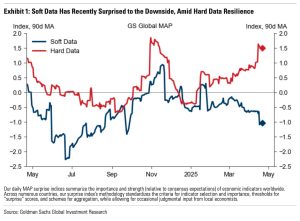This year has been breathtaking for the stock market — but a mixed bag for investors in the semiconductor industry who’ve seen uneven performance between the select artificial-intelligence winners and the host of other players that have more diversified exposure.
But 2025 promises to fuel broader growth for chip-sector financials, and for the associated stocks. According to Wall Street analysts, there are many companies primed for double-digit returns for their stocks, even from here.
Below are screens of semiconductor stocks showing which companies are expected to increase revenue the most in 2025 and which industry stocks have the most upside potential.
The industry focus of course has been on Nvidia Corp. NVDA, the main provider of graphics processing units (GPU) being installed by data centers to support the development of generative artificial intelligence. Nvidia essentially pioneered this corner of the industry in 2023 and its dominance has continued. The company’s stock has returned 183% this year, following a 239% return in 2023.
That incredible growth follows a 50% decline for the stock in 2022. All of this serves as a reminder of how volatile the stock market can be, and how easily some investors might forget how important it is to be patient. Putting all those figures together, Nvidia’s stock has returned 378% since the end of 2021. (All returns in this article include reinvested dividends.)
Nvidia’s astounding growth has moved it close to being the largest component of the S&P 500 SPX. The company has been alternating with Apple Inc. AAPL in this position. The large-cap U.S. benchmark index is weighted by market capitalization. That means if you are in an index fund, you probably have a good amount of your money invested in Nvidia’s stock, which makes up 6.7% of the $633 billion SPDR S&P 500 ETF Trust SPY. It is second to Apple, which has a 7.2% weighting in the exchange-traded fund.
To illustrate how and why Nvidia’s stock has increased so rapidly, take a look at these growth rates for the company’s revenue over its past eight fiscal quarters:
